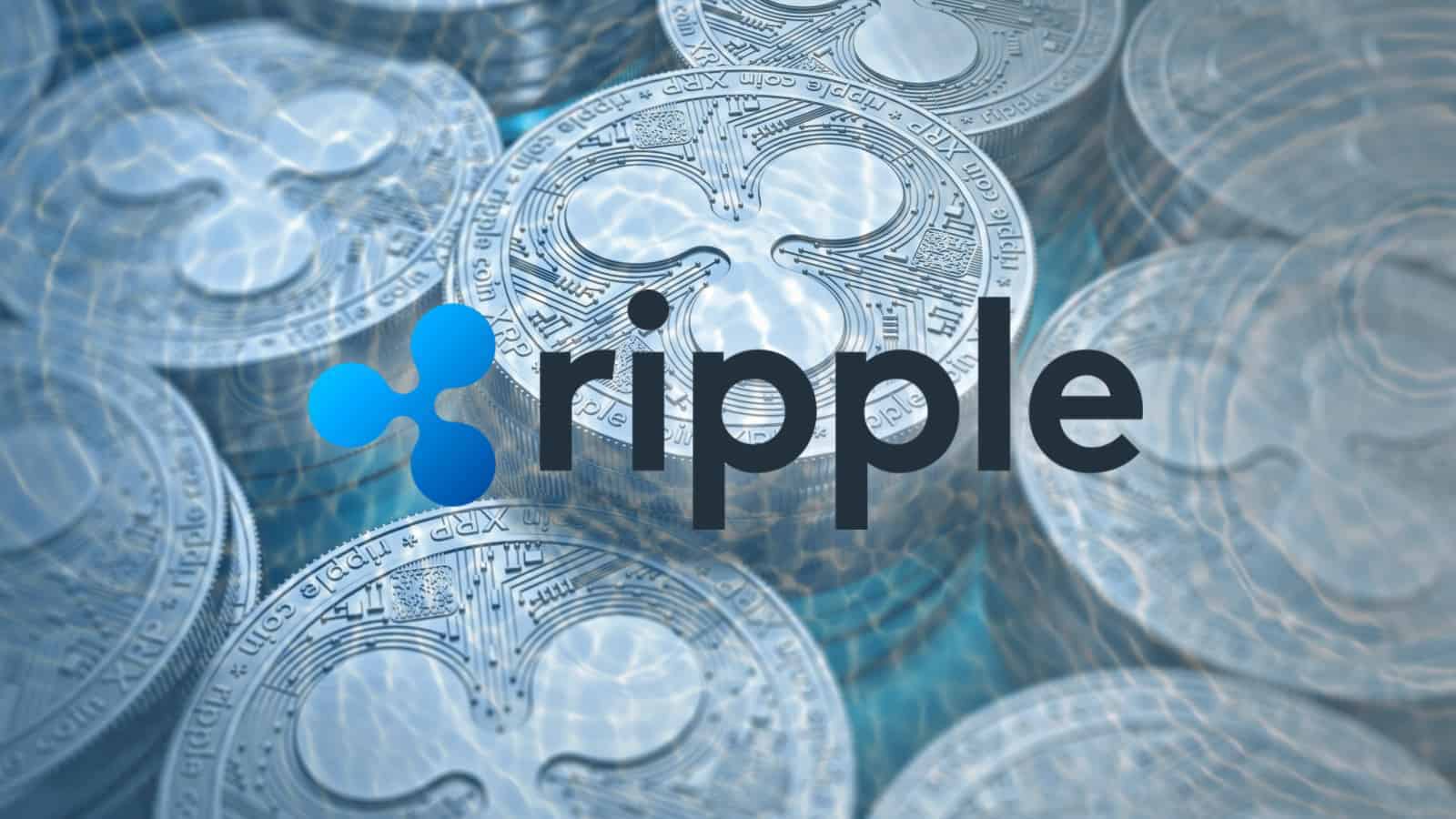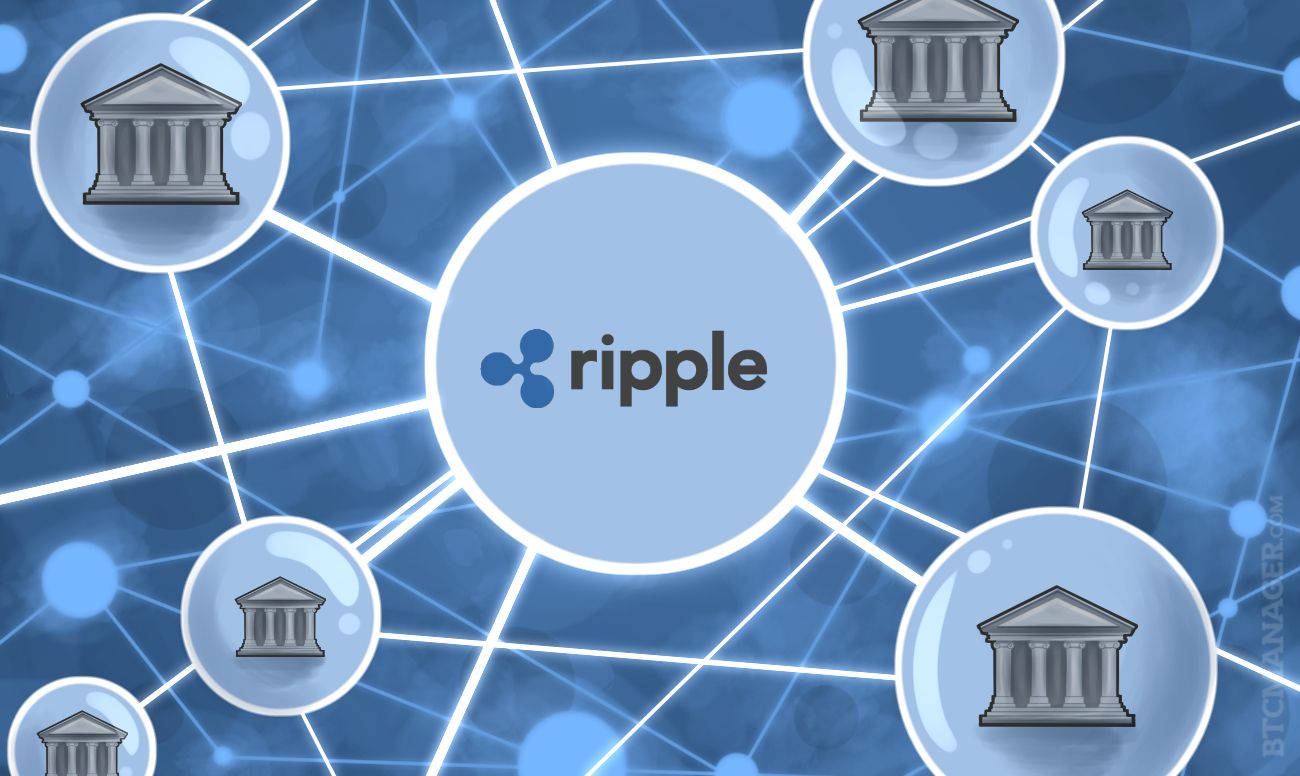Ripple and XRP: Ripple Xrp

Ripple and XRP, the digital currency and blockchain technology, have emerged as significant players in the global financial landscape. This exploration delves into the origins, evolution, and functionalities of Ripple and XRP, revealing their potential to revolutionize cross-border payments.
Ripple and XRP: A Journey Through Time
Ripple’s journey began in 2011 with the vision of creating a more efficient and cost-effective system for global payments. The company initially developed a peer-to-peer payment network, which later evolved into RippleNet, a global network of financial institutions using blockchain technology to facilitate cross-border transactions. XRP, the native digital asset of Ripple, serves as a bridge currency, enabling fast and cost-effective conversions between different currencies.
- 2011: Ripple Labs, the company behind Ripple and XRP, was founded by Jed McCaleb and Chris Larsen.
- 2012: Ripple released its first version of the Ripple protocol, a decentralized network for facilitating real-time payments.
- 2013: XRP, the digital asset of Ripple, was introduced as a bridge currency to facilitate faster and more efficient cross-border transactions.
- 2014: Ripple launched RippleNet, a global network of financial institutions using blockchain technology to facilitate cross-border payments.
- 2017: XRP experienced a surge in popularity, reaching an all-time high in market capitalization, attracting significant attention from investors and the financial industry.
- 2018: Ripple continued to expand its network, partnering with various financial institutions globally, and enhancing its technology to optimize payment processing.
- 2019: Ripple launched its On-Demand Liquidity (ODL) service, enabling financial institutions to access liquidity in real-time, reducing reliance on pre-funded accounts and facilitating faster cross-border payments.
- 2020: Ripple faced regulatory challenges in the United States, impacting its growth trajectory. However, the company continued to expand its network globally, forging partnerships with major financial institutions.
- 2021: Ripple continued to innovate, introducing new products and services, while navigating regulatory scrutiny and fostering collaborations with financial institutions worldwide.
RippleNet: A Global Network for Seamless Payments
RippleNet is a global network of financial institutions that utilize blockchain technology to facilitate cross-border payments. The network operates on a shared ledger, enabling real-time settlement and transparency, eliminating the need for intermediaries and reducing transaction costs. RippleNet offers various solutions tailored to the needs of different financial institutions, including:
- RippleNet for Liquidity: This solution allows financial institutions to access liquidity in real-time, enabling faster cross-border payments and reducing reliance on pre-funded accounts. Ripple’s On-Demand Liquidity (ODL) service, powered by XRP, facilitates real-time liquidity access, enhancing payment efficiency.
- RippleNet for Payments: This solution enables financial institutions to send and receive payments globally, utilizing Ripple’s blockchain technology to ensure faster and more cost-effective transactions. RippleNet’s payment processing capabilities streamline cross-border transactions, offering real-time tracking and settlement.
- RippleNet for Compliance: This solution helps financial institutions comply with regulatory requirements, leveraging Ripple’s blockchain technology to enhance transparency and traceability in cross-border payments. RippleNet’s compliance features facilitate secure and compliant transactions, ensuring adherence to regulatory standards.
XRP: A Digital Asset for Cross-Border Payments
XRP, the native digital asset of Ripple, serves as a bridge currency, facilitating fast and cost-effective conversions between different currencies. Its unique features, including speed, scalability, and low transaction fees, make it an attractive option for cross-border payments.
- Speed: XRP transactions are typically processed within seconds, offering a significant advantage over traditional cross-border payment methods, which can take several days to complete.
- Scalability: XRP’s blockchain network can handle a high volume of transactions per second, making it suitable for large-scale payment operations.
- Low Transaction Fees: XRP transactions incur minimal fees, making it a cost-effective solution for cross-border payments, especially for smaller transactions.
“XRP is designed to be a fast, efficient, and cost-effective way to move money across borders. It’s a bridge currency that can be used to convert between any two currencies, and it’s designed to be highly scalable, so it can handle a large volume of transactions.” – Brad Garlinghouse, CEO of Ripple
XRP’s Market Dynamics and Adoption

XRP, the native cryptocurrency of the Ripple network, has emerged as a significant player in the global financial landscape. Its unique features, including speed, scalability, and low transaction costs, have attracted the attention of financial institutions and businesses worldwide. To understand the potential of XRP, it’s crucial to delve into its market dynamics and adoption trends.
Market Capitalization and Trading Volume, Ripple xrp
XRP’s market capitalization fluctuates based on its price and the total number of XRP in circulation. As of October 2023, XRP’s market capitalization is around $15 billion, making it one of the top 10 cryptocurrencies by market value. The trading volume of XRP is also significant, averaging several hundred million dollars daily on major cryptocurrency exchanges. This high trading volume indicates substantial interest and activity surrounding XRP.
Factors Influencing XRP’s Price
Several factors contribute to the price fluctuations of XRP, including:
* Regulatory Developments: The regulatory landscape for cryptocurrencies is constantly evolving, and any pronouncements or actions by regulatory bodies can significantly impact XRP’s price. Positive regulatory developments tend to boost confidence in the cryptocurrency, while negative developments can lead to price declines.
* Market Sentiment: Like any other asset, XRP’s price is influenced by market sentiment. Positive news and developments surrounding Ripple and the XRP ecosystem tend to drive up the price, while negative news or events can lead to price drops.
* Adoption Rates: The adoption of XRP by financial institutions and businesses is a crucial driver of its price. As more institutions and businesses integrate XRP into their operations, demand for the cryptocurrency is likely to increase, potentially leading to price appreciation.
Adoption of XRP by Financial Institutions and Businesses
XRP has gained traction among financial institutions and businesses, particularly for cross-border payments. Some notable real-world use cases include:
* RippleNet: Ripple’s global payments network, RippleNet, utilizes XRP for facilitating fast and cost-effective cross-border payments. Many financial institutions are members of RippleNet, using XRP for their transactions.
* MoneyGram: MoneyGram, a global money transfer company, partnered with Ripple to leverage XRP for cross-border payments. This partnership demonstrates the potential of XRP for streamlining international money transfers.
* Other Financial Institutions: Several other financial institutions, including banks and payment processors, are exploring the use of XRP for cross-border payments and other financial services.
Major Exchanges Listing XRP
XRP is listed on numerous cryptocurrency exchanges worldwide, facilitating its trading and accessibility. Here’s a table showcasing some major exchanges that list XRP, their trading volume, and key features:
| Exchange | Trading Volume (24h) | Key Features |
|---|---|---|
| Binance | $100 million+ | High liquidity, wide range of trading pairs, advanced trading features. |
| Coinbase | $50 million+ | User-friendly platform, strong security measures, regulated exchange. |
| Kraken | $20 million+ | Focus on institutional investors, advanced trading tools, high liquidity. |
| Bitstamp | $10 million+ | Established exchange, high liquidity, strong security features. |
Ripple XRP, with its focus on cross-border payments, is all about facilitating transactions, but sometimes, the best transactions happen outside the digital realm. Imagine a sunny afternoon, a gentle breeze, and a picnic with friends. You could be enjoying such a moment with the perfect setup: a picnic double folding chair with umbrella table and cooler – a testament to the power of convenience and ease.
Much like XRP, this picnic set-up allows for seamless and enjoyable experiences, making the most of your time with loved ones. Just as Ripple XRP aims to simplify financial transactions, this picnic setup simplifies the process of enjoying a relaxing outdoor experience.
Ripple XRP, with its focus on facilitating cross-border payments, has certainly seen its fair share of ups and downs. It’s a bit like the unpredictable nature of a tropical storm like Debby, which can morph from a seemingly benign weather system to a destructive hurricane in a matter of hours, as documented in the article tropical storm debby hurricane.
Just like the unpredictable nature of a hurricane, the future of Ripple XRP remains uncertain, but its potential to revolutionize the financial landscape is undeniable.
